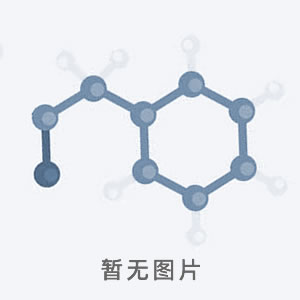本网站销售的所有产品仅用于工业应用或者科学研究等非医疗目的,不可用于人类或动物的临床诊断或者治疗,非药用,非食用。
Recombinant Human Tumor Necrosis Factor beta
英文名:
Cas号:
Cas号:
检测信息查询

| 货号 | 规格 | 货期 | 库存 | 价格 | 会员价 | 订购 |
| 1308132811-10 μg | 0 | ¥3800 | ||||
| 1308132811-50 μg | 0 | ¥7800 |
| 别 名 | |
| Cas号 | |
| M D L | |
| 分子式 | |
| 分子量 | |
| 产品参数 | |
| 性状 | Recombinant Human Tumor Necrosis Factor beta 具有抗增殖活性,破坏肿瘤细胞系,能在免疫调节中发挥多种重要作用。
Synonyms rHuTNF-β; TNF-β; TNFSF1; Lymphotoxin-alpha ; 重组人肿瘤坏死因子 β Species Human Source E. coli Accession P01374 Gene ID 4049 Molecular Weight Approximately 18.6 kDa AA Sequence MLPGVGLTPS AAQTARQHPK MHLAHSTLKP AAHLIGDPSK QNSLLWRANT DRAFLQDGFS LSNNSLLVPT SGIYFVYSQV VFSGKAYSPK ATSSPLYLAH EVQLFSSQYP FHVPLLSSQK MVYPGLQEPW LHSMYHGAAF QLTQGDQLST HTDGIPHLVL SPSTVFFGAF AL Biological Activity The ED50 is <4 pg/mL as measured by L-929 mouse fibrosarcoma cells, corresponding to a specific activity of >2.5 × 108 units/mg. Appearance Lyophilized powder. Formulation Lyophilized after extensive dialysis against PBS. Reconstitution Reconstitute the lyophilized recombinant Human Tumor Necrosis Factor beta (rHuTNF-β) to 100 μg/mL using ddH2O or PBS. Storage & Stability Lyophilized recombinant Human Tumor Necrosis Factor beta (rHuTNF-β) is stored at -20°C. After reconstitution, it is stable at 4°C for 1 week or -20°C for longer. It is recommended to freeze aliquots at -20°C or -80°C for extended storage. Shipping Room temperature in continental US; may vary elsewhere. Background As a signaling molecule, LT-α (TNF-β, Tumor Necrosis Factor beta) is involved in the regulation of cell survival, proliferation, differentiation, and apoptosis[1]. TNF-β plays an important role in innate immune regulation and its presence has been shown to prevent tumor growth and destroy cancerous cell lines[2]. In contrast, unregulated expression of TNF-β can result in a constantly active signaling pathway, thus leading to uncontrolled cellular growth and creation of tumors[1]. Hence depending on the context, TNF-β may function to prevent growth of cancer cells or facilitate the development of tumors. Furthermore, TNF-β effects depend on the type of organ it acts upon, type of cancer cells, cellular environment, gender, and time of effect during an immune response[2]. |
| 贮存 |

 小程序扫码下单
小程序扫码下单

 沪公网安备 31012002003054号
沪公网安备 31012002003054号